Day 8
Our 8th day was splitted into two prefectures: Nara and Kyoto.
Nara Prefecture
An hour from Osaka, this city is full of Japan’s oldest and largest temples, National treasures, and fine gardens.
Located in the center of Nara city, we visited the famous Nara park—a wide open space filled with greeneries and other famous Japanese landmarks. As we walked in, we were welcomed by a small herd of deer that are roaming freely. In Japan, deer are considered to be the sacred messengers, such that killing them is punishable during the ancient times. The deer are generally tamed, you can feed them with deer crackers that can be bought from the local vendors. Surprisingly, some deer learned how to bow when asking for food or when being fed. Be careful though, they get quite aggressive at times when they see you holding a cracker but not giving it to them. I was bumped a couple of times by their heads when I was trying to take a photo of a deer while holding a cracker on one hand. By nature, when a deer is provoked it could attack or charge you with their antlers. That being said, Nara began cutting their antlers not only to reduce injuries to the tourist but also to prevent surfaces of walls and trees from scratches.

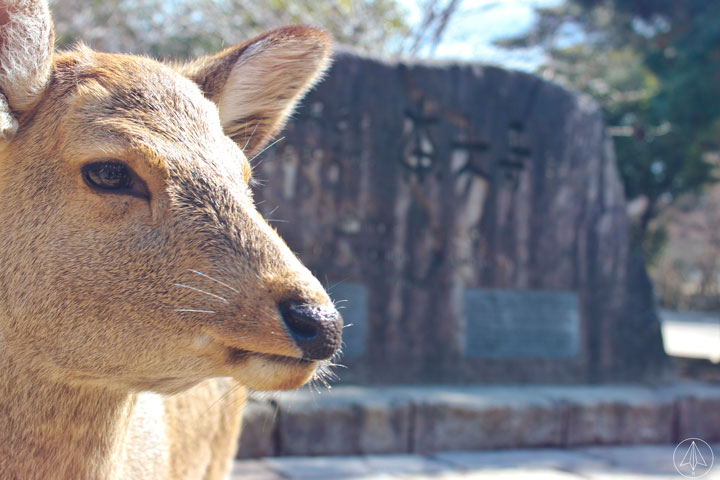
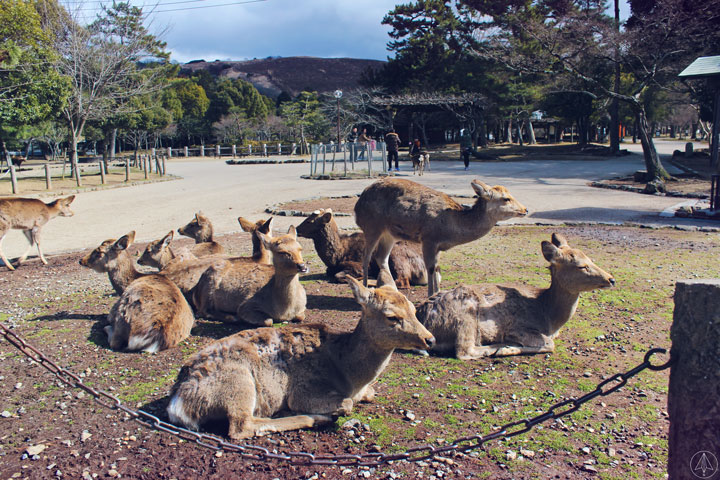

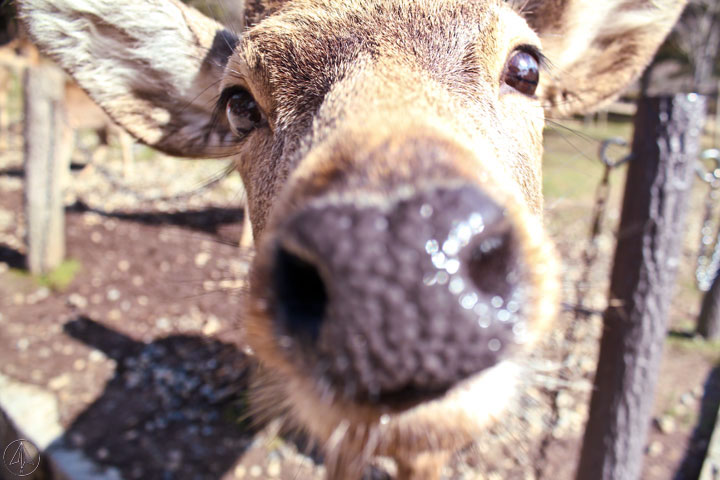
Included in this park is Kofukuji Temple—a Fujiwara family temple—is a Hosso Buddhist temple that was once one of the powerful Seven Great Temples in Nara and was named UNESCO World Heritage under “Historic Monuments of Ancient Nara” in 1998.


Tokondo and Five Storey Pagoda

Nara deer and Kofukuji Nanen-do (The Southern Octagonal Hall) in the background
Another known structure in the park is the Kasuga-Taisha Shrine, an ancient Shinto shrine is located in the eastern part of Nara. Kasuga-Taisha is the most important Shinto shrine in the city and is popular for displaying many bronze and stone lanterns. It is also listed in UNESCO World Heritage Site as part of the “Historic Monuments of Ancient Nara”.
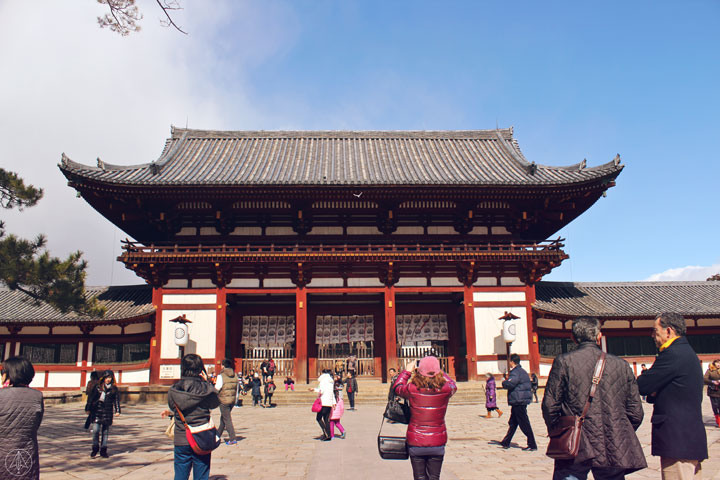
Also insde the park is the Todaiji Temple or “The Great Eastern Temple”. Todaiji is one of the most popular and most significant temples in Nara. Daibutsuden (Big Budha Hall) –Todaiji’s main hall—is considered the largest wooden building in the world that houses the largest bronze Buddha statue in Japan along with other smaller Buddhist statues displayed.

Nandaimon Gate on the way approaching to the Todaiji Temple

1 of the 2 guard statues at the Nandaimon Gate representing Nio Guardian Kings. RJ for scale
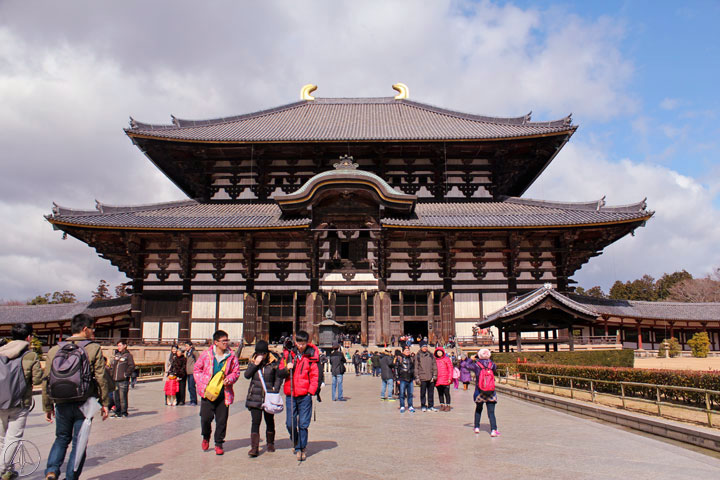
The Great Eastern Temple
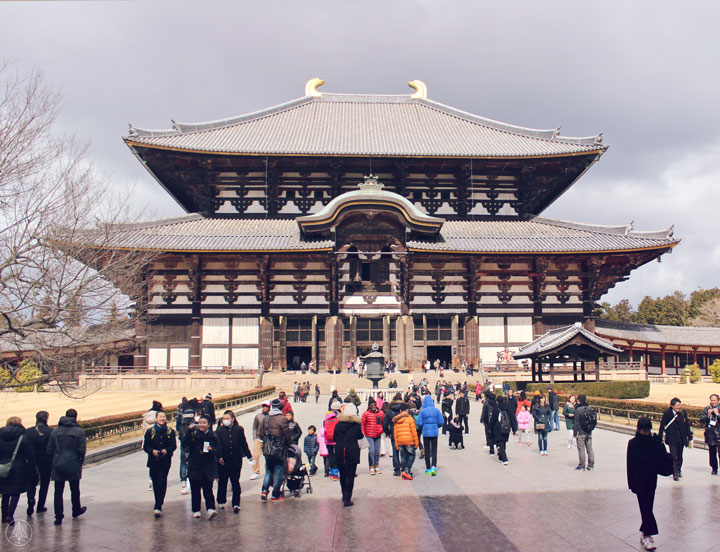
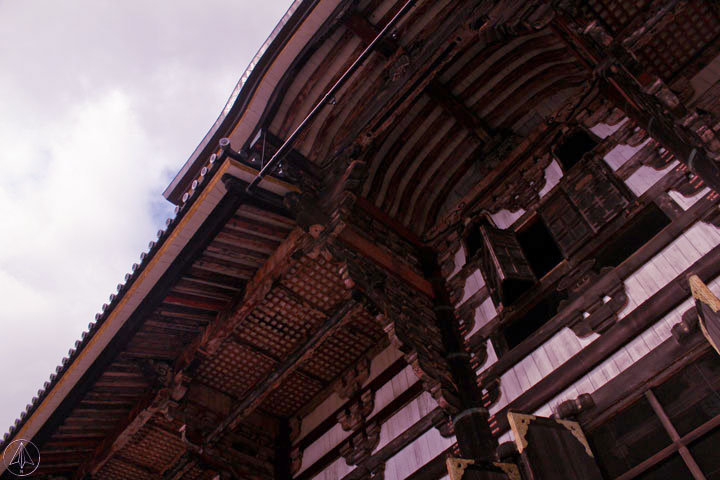
Close up detail

largest bronze Buddha statue in Japan


Kyoto Prefecture
After a half day to Nara, we headed to Kyoto for our final destination of our itinerary.
We saved the best for last—a very famous sightseeing spot in Kyoto. A Kansai trip is not complete without visiting the famous Fushimi Inari Shrine.

Takoyaki stall at the entrance

Look at that tako!
Fushimi Inari is one of the most significant Shinto Shrine in Kyoto. Located right across the street from JR Inari Station, Fushimi Inari is very popular for its thousands of vermilion torii gate—a shrine dedicated to the god of rice and sake, Inari.
At entrance you will be welcomed by a giant torii gate in front of the Romon Gate then at the back of the main ground is where the hiking trail starts. It will take about 2 – 3 hours of hike to reach the summit of Mount Inari; however, tourists may just walk freely and can return anytime without finishing the whole trail. You will also notice that the density of the Torii gradually decreases as you get higher. These Torii gates were donated by various Japanese business and companies for luck and prosperity; their names are inscribed at the back of each Torii gates.
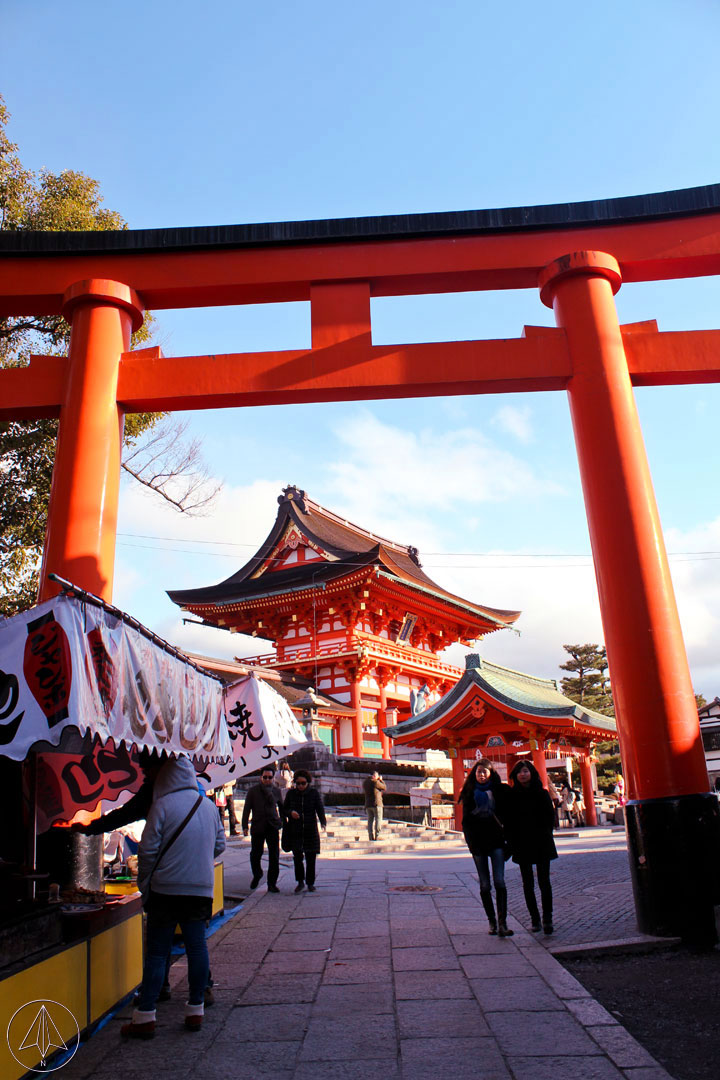
Giant Torii at the entrance

Guide Map
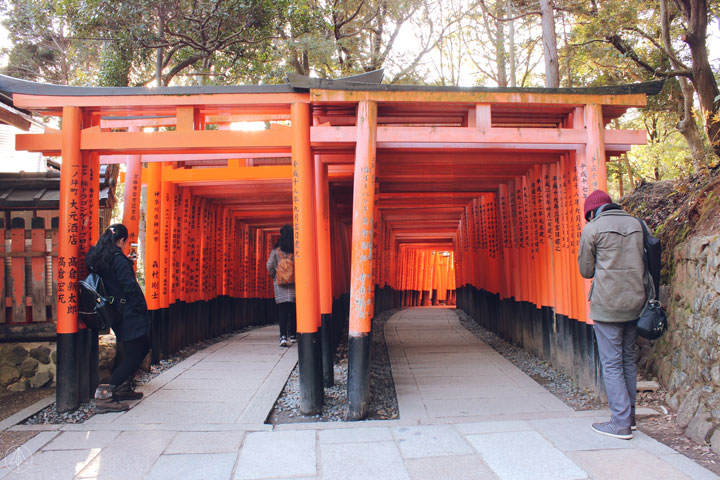


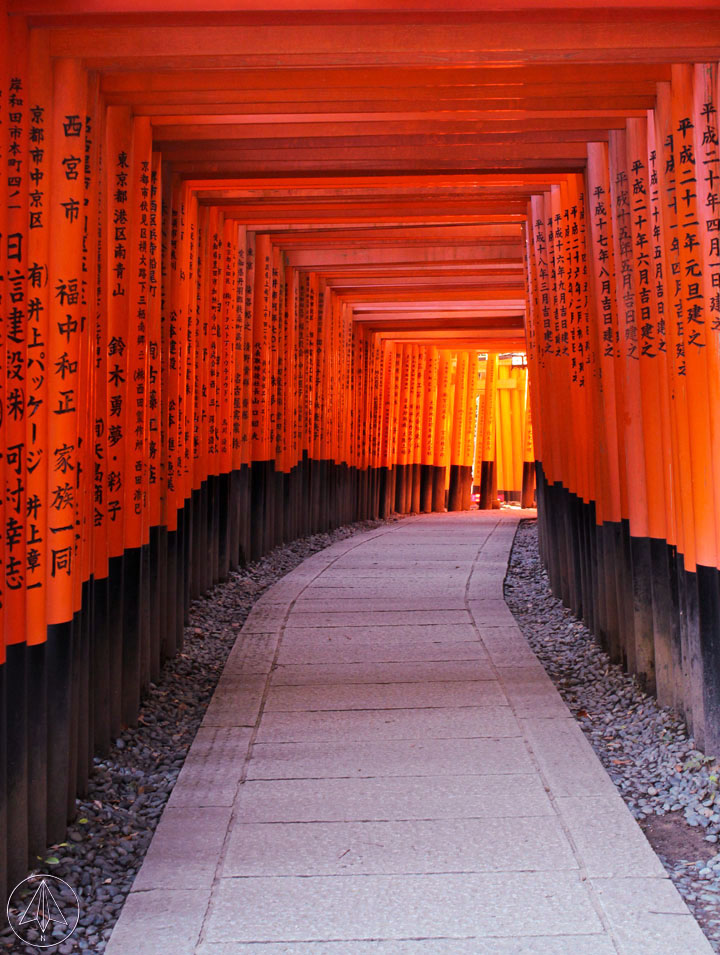
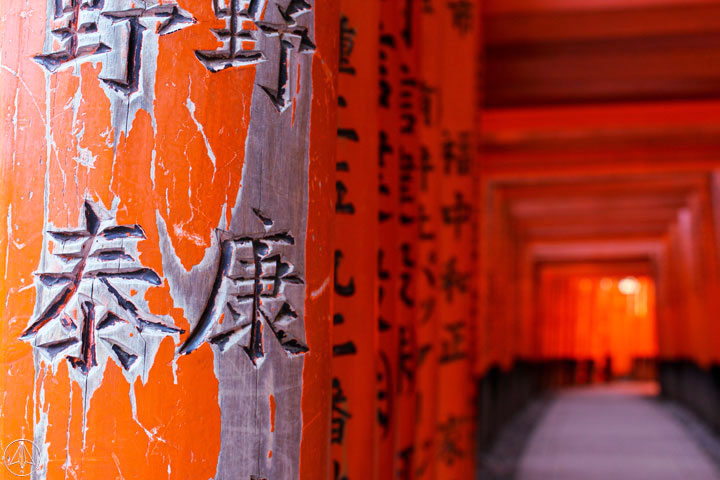
Names inscribed at the back of the torii
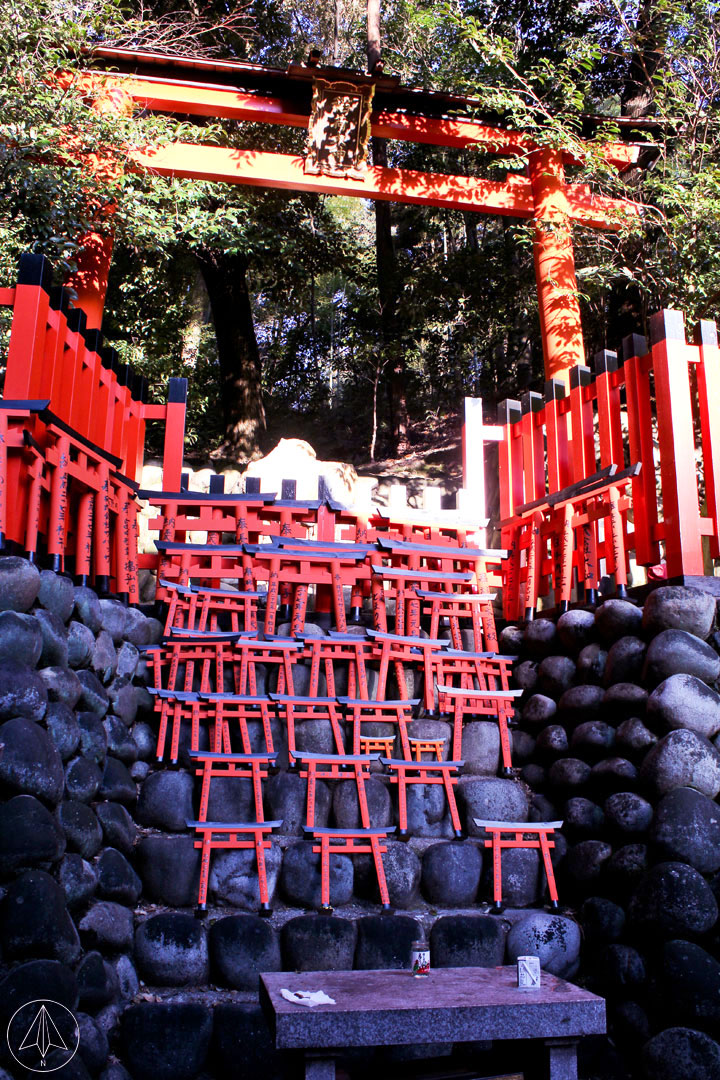
Smaller torii displayed

Ema
The shrine can also be visited even after dark, despite the fact that the operation hours is only from 9:00am to 5:00 pm. In our case, we scheduled our trip in the afternoon for a more relaxed hike as there are fewer visitors in the afternoon. About 30-45 minutes hike, you will be able to reach the Yotsutsuji intersection which is roughly half way up to the peak. We took a break at this intersection to enjoy the Kyoto view, and watch the sun set while eating our favorite Beard Papa’s cream puffs.
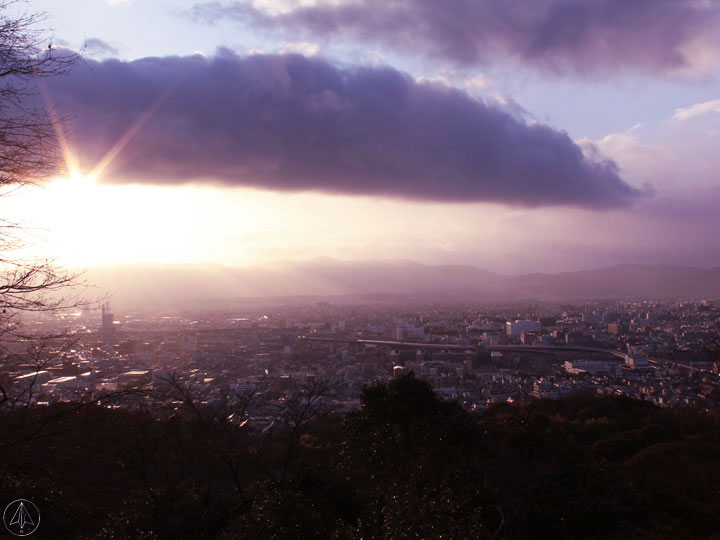
View from Yotsutsuji intersection
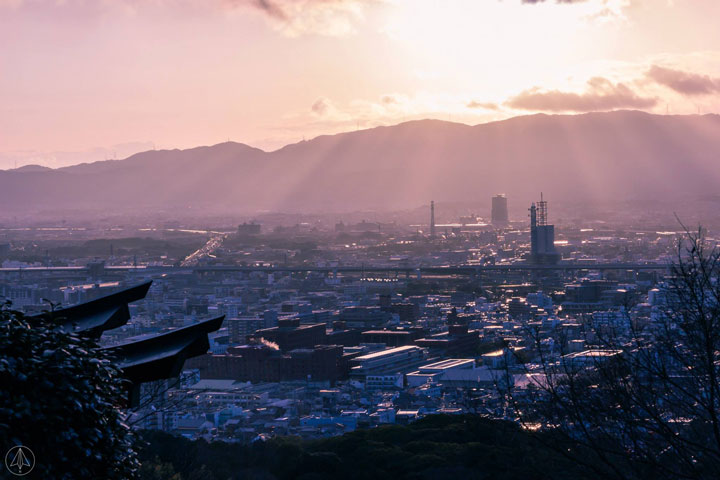
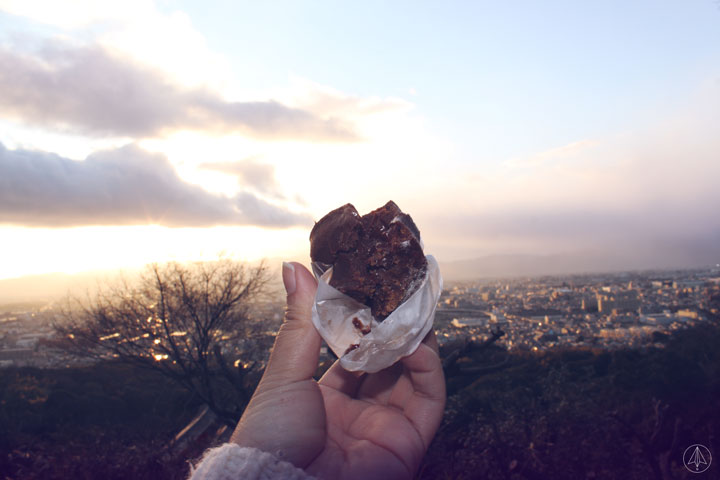
Eating our favorite Beard Papa’s cream puff

Torii gates from a higher perspective
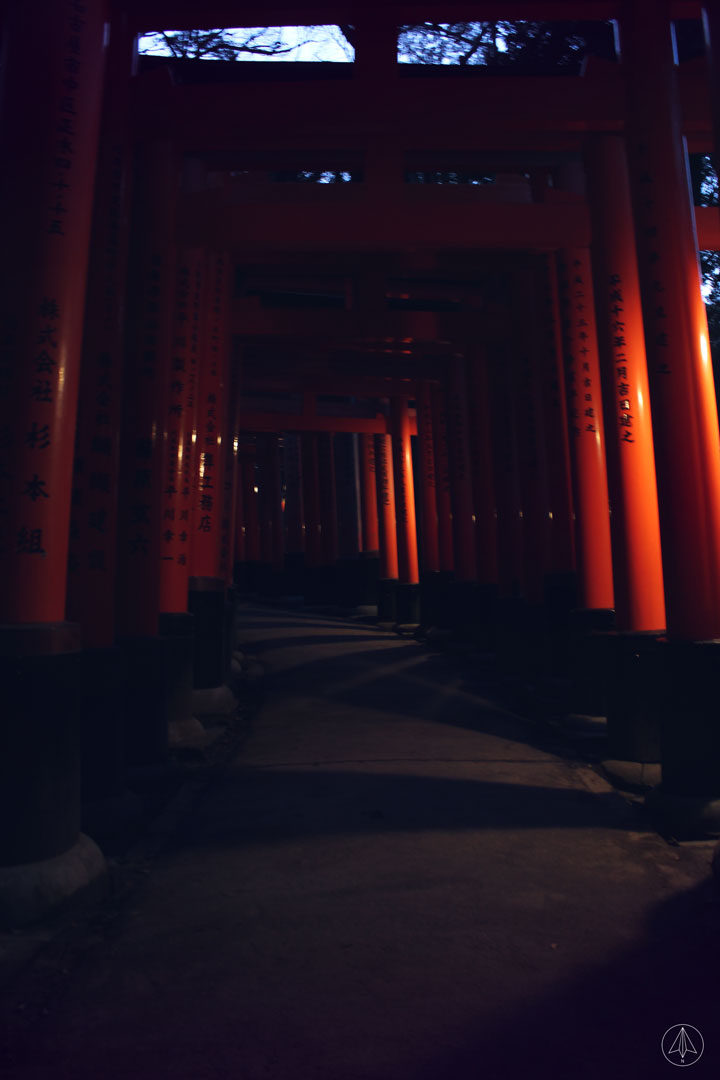
Trail at night
Since it was already dark, we decided not to continue the hike and agreed to call it a day.
Day 9
9th day is for pasalubong / shopping day. It was just a free and easy day for us. We went back to the Tenjinbashisuji Shopping Street and tried to see what else we could buy with our remaining yens.
I was able to buy some souvenirs like a wooden katana, pagoda figurines, key chains, and fridge magnets.
We were also able to try conveyor belt sushi for lunch!



*Side story: We mistakenly thought that the green powder in the bamboo-ish bottle (the one you see behind the plates) was the WASABI! We mixed it in our soy sauce and thought the taste was funny. We looked at the person sitting next to us and discreetly observe him eat— that’s how we found out that the green powder is the green tea! Good times.

And at night we went back to the Osaka Station to take more photos as we weren’t able to do so during the earlier visits.
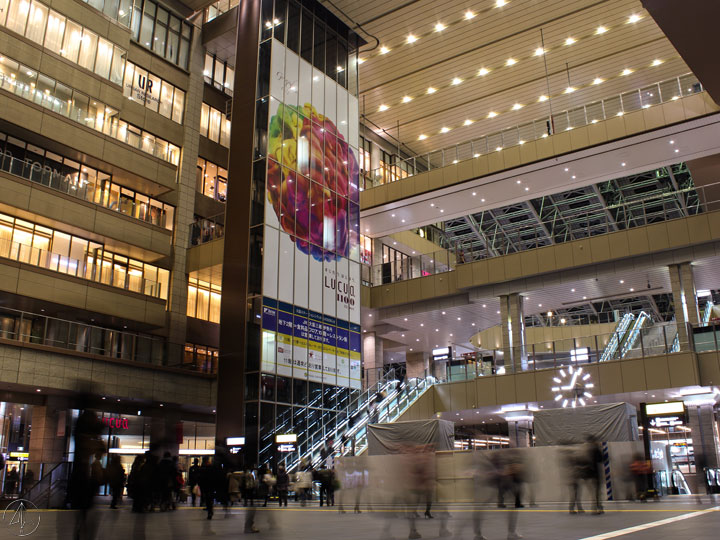
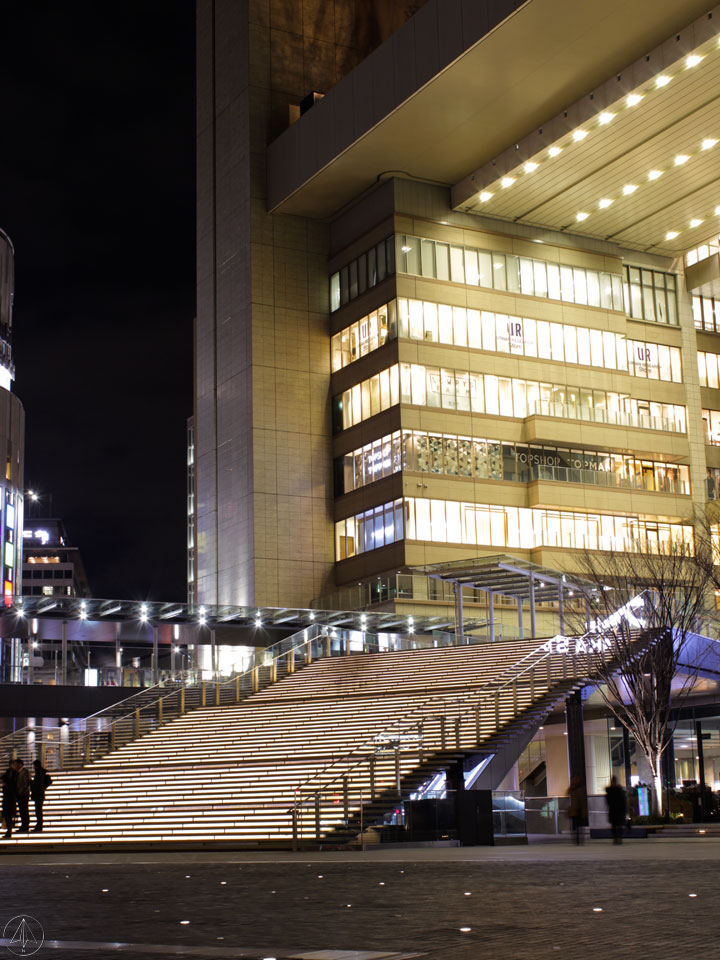



Day 10
This is the saddest part of our trip. As we need to check out from our Airbnb already. Our flight back to Manila was at night, so we left our luggage in the lockers available in Osaka station.
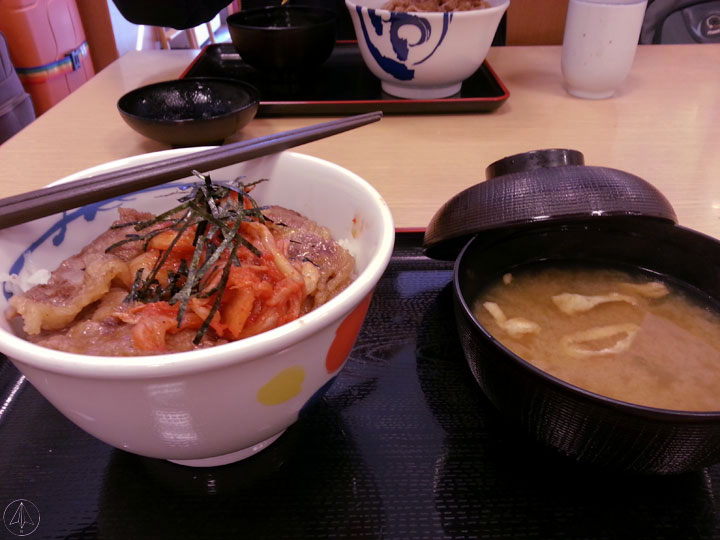
Our last brunch in Matsuya
We stroll around Osaka and visited few more places to kill few more hours before heading to the airport.
We were able to check HEP (Hankyu Entertainment Park) a major shopping mall in Umeda commercial district known for its large red ferris wheel.
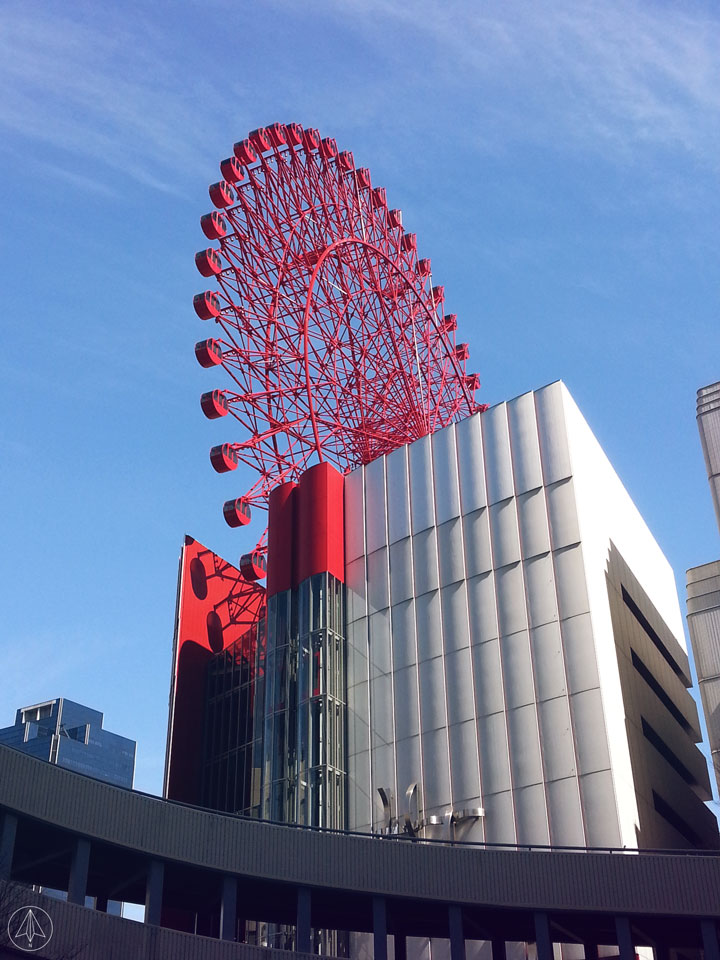
We also checked out Grand Front Osaka which is nearby the Osaka Station where we ate some snacks at the roof deck and had our final goodbyes to the beautiful view of Osaka.
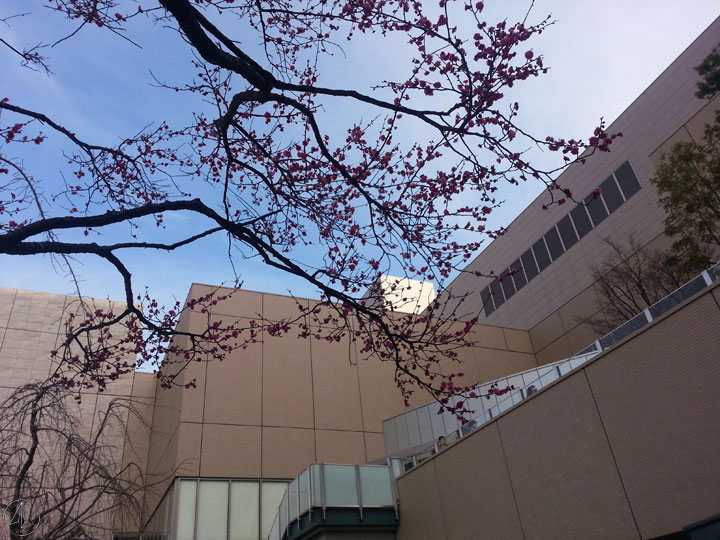
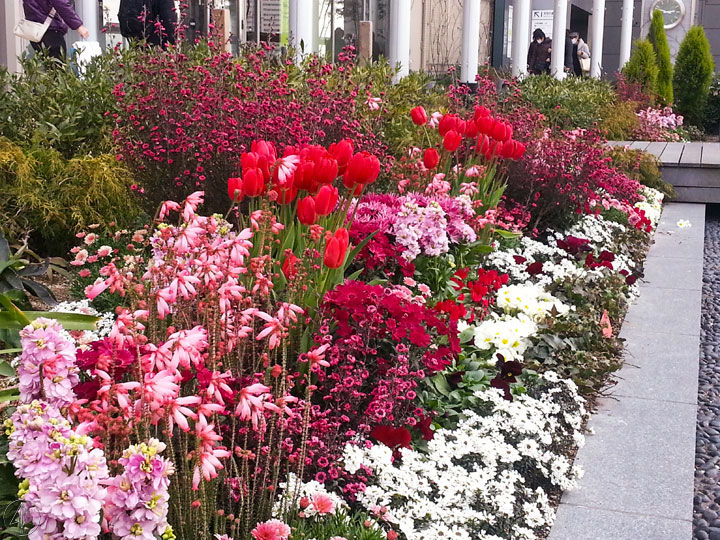
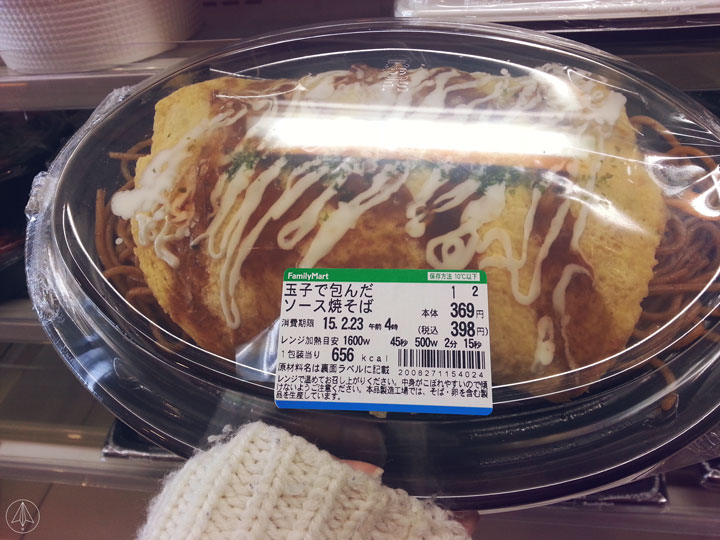
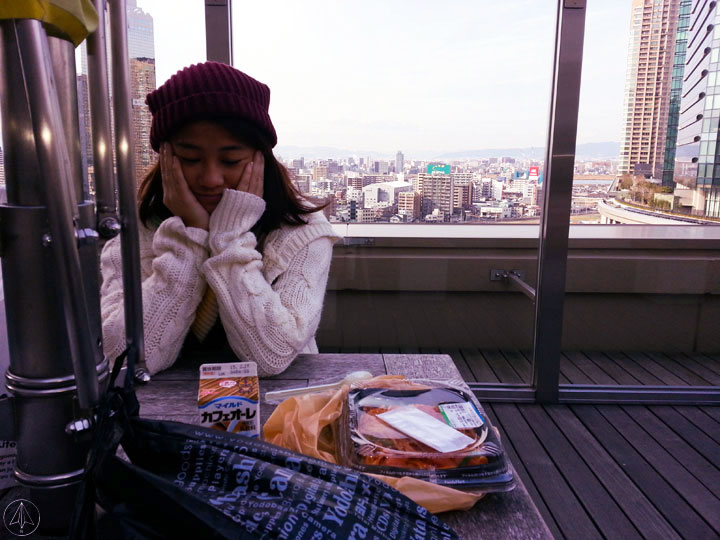
about to leave the Land of the Rising Sun
by:
